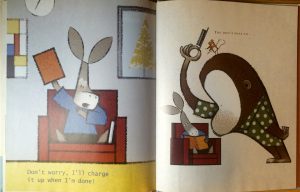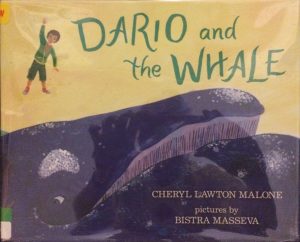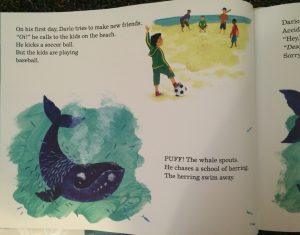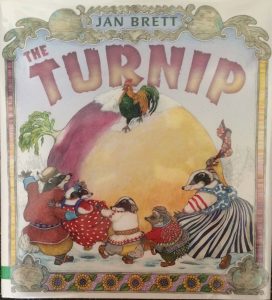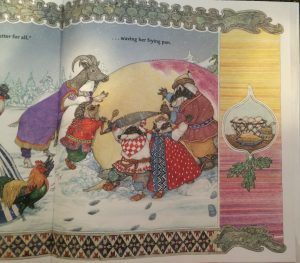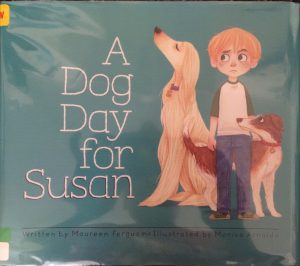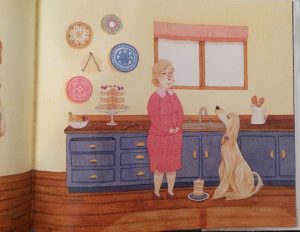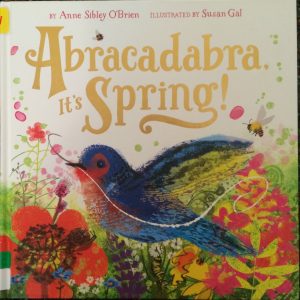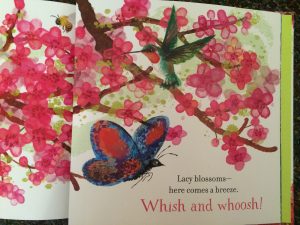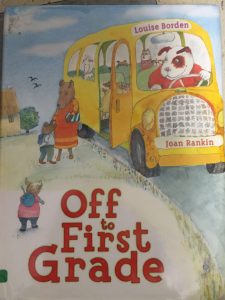
Author: Louise Borden
Illustrator: Joan Rankin
Publishing Information: Margaret K. McElderry, 2008
Number of Pages: 36
Genre: Realistic Fiction, Picture book
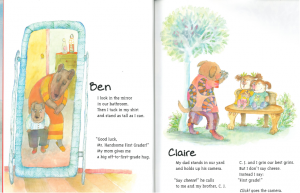
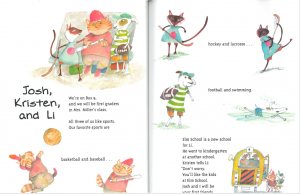
Analysis:
The book illustrates twenty-three students’ morning of getting ready for their first day of school. They are nervous but excited. Each student has his or her own anticipation of school.
Off to First Grade serves the purpose of preparing children to get ready for their first day of school. From knowledge to habit cultivating, from having lunch to making friends, this book functions as a window for children to form an idea of what a school is actually like. The author and the illustrator have done an excellent job expressing diversity. It is possible for children with different backgrounds to find one or two characters who have similar family structure, hobby, or even favorite food with themselves. Once the connections are built, children may start to like school.
However, I found the illustration problematic for the following reasons. We can conclude from the book that students have different backgrounds and there are different races in this class. At the first glance, it seems clever for the illustrator to illustrate all students as animals. It is a smart analogy to make different kinds of animals stand for different people. However, it seems to me that the illustrator is trying to avoid diversity issues such as race and gender. Children might still get confused when they arrive at school and notice that people are different, not the way animals are. Therefore, I think it is proper to illustrate people of different races directly and show children what the real world is like.
Perceptually, the text uses short lines to depict every situation. It is like a poem to some degree which makes it easier for children to read. The whole book uses bright colors which give children an impression of school that is full of hope and energy. The pictures are not framed which help children to put themselves in the story. Structurally, text and images do not overlap. Ideologically, the book helps children to have a good attitude towards school. It also encourages children to communicate with teachers. For example, Polly wants to show Mrs. Miller her penny and Quinn wants to ask Mrs. Miller if she likes jazz (P. 18). Besides, family bond is stressed a lot in the book.

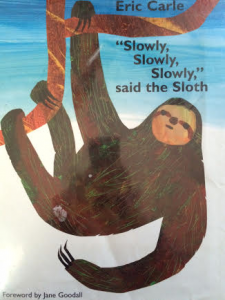
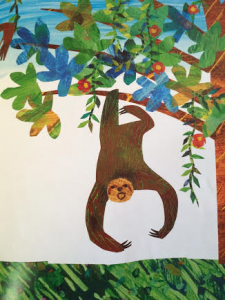
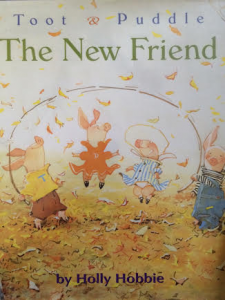
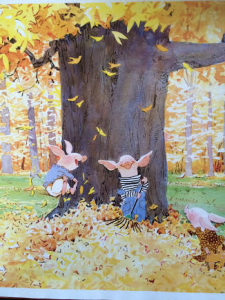

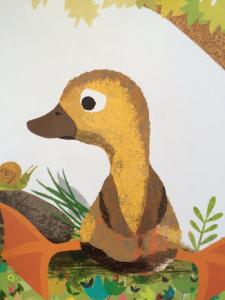
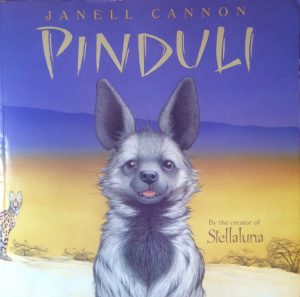 Pinduli is the story of a beautiful hyena that wanders away from her mother into the East African wild. While Pinduli is wandering she runs into dogs, a lion and a zebra who all judged Pinduli’s looks. Pinduli becomes very self conscience and starts to change her looks to fit in, she gets to the point where she covers herself in dust making her look like a ghost. All the animals that once teased her were now afraid of her and begged her to forgive them for being mean since the believed she was a ghost. Pinduli told them they must find out why they were teasing others and give the one you teased food to be forgiven. Pinduli’s mother found her and reminded her of her inner and outer beauty
Pinduli is the story of a beautiful hyena that wanders away from her mother into the East African wild. While Pinduli is wandering she runs into dogs, a lion and a zebra who all judged Pinduli’s looks. Pinduli becomes very self conscience and starts to change her looks to fit in, she gets to the point where she covers herself in dust making her look like a ghost. All the animals that once teased her were now afraid of her and begged her to forgive them for being mean since the believed she was a ghost. Pinduli told them they must find out why they were teasing others and give the one you teased food to be forgiven. Pinduli’s mother found her and reminded her of her inner and outer beauty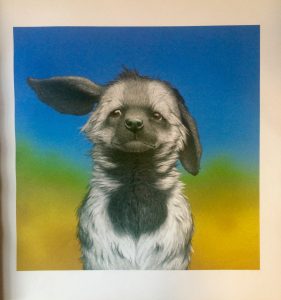
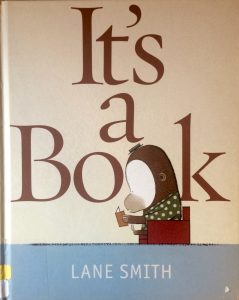 t’s a Book is a story about a mouse, a monkey and a donkey (the donkey is considered a jackass in the book). The monkey has a book and the donkey is very confused by the book because he only has technology and asks the monkey many questions about the book. Throughout the whole story the monkey tries to explain the book to the donkey. In the end the monkey gives up on trying to explain the process of using books and the concept of libraries.
t’s a Book is a story about a mouse, a monkey and a donkey (the donkey is considered a jackass in the book). The monkey has a book and the donkey is very confused by the book because he only has technology and asks the monkey many questions about the book. Throughout the whole story the monkey tries to explain the book to the donkey. In the end the monkey gives up on trying to explain the process of using books and the concept of libraries.